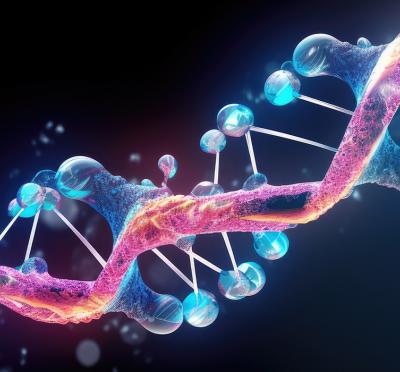
David Hendrix
2077A Ag and Life Science Bldg
Corvallis, OR 97331
United States
Bioinformatics, computational biology, biological data science, data mining, machine learning
The Hendrix Lab at Oregon State University employs a broad range of computational approaches, from machine learning to data mining, to investigate questions concerning RNA and DNA. We seek to use computational biology and bioinformatics to analyze RNA sequence and structure, and to uncover new mechanisms of gene regulation, as well as validate known biology. As part of both the Department of Biochemistry and Biophysics in the College of Sciences, as well as the School for Electrical Engineering and Computer Science in the College of Engineering, the Hendrix Lab seeks to combine molecular mechanisms of molecular biology and state-of-the-art computational techniques.
One major objective of our lab is to understand how biological information, encoded in nucleic acid sequences, direct the structure, function and mechanisms of action of these molecules. We aim to discover new insight into gene regulation, structure, and function, by developing novel computational approaches for the integration of structural predictions, genome-wide sequence analysis, and deep sequencing data.
Research Interests
The primary focus of our lab is to understand the structure, function and mechanisms of action of non-coding RNAs, both large and small. The past decade has seen the discovery of numerous non-coding RNAs whose function is largely unknown. We will employ structure prediction, genome-wide sequence analysis and deep sequencing data to uncover the roles of these molecules in gene regulation.
In addition, our lab develops algorithms and computational approaches to understand many different areas of computational biology. Our lab develops and utilizes motif finding algorithms to understand how promoters and regulatory elements operate. We develop computational approaches, incorporating structural predictions and deep sequencing data, to discover new regulatory RNAs and their functions. We develop new methods of analysis for deep sequencing data to help understand the principles of transcription, which will include transcription initiation, transcriptional gene silencing, post-transcriptional gene silencing and Polymerase stalling/pausing.
